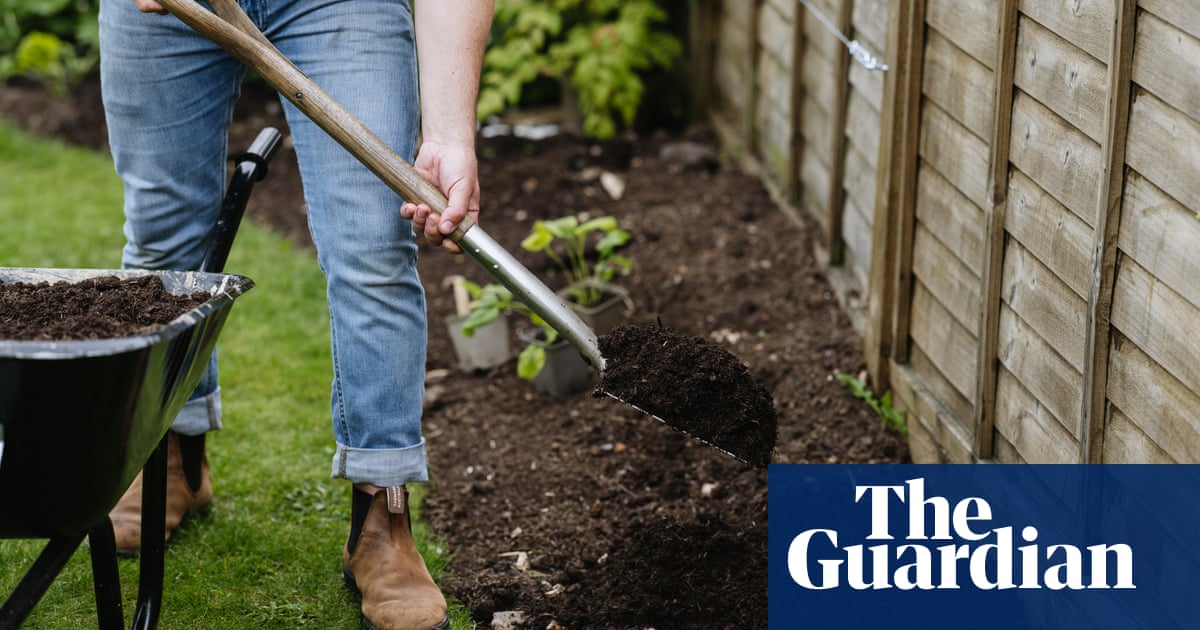‘Get rid of your green waste bin and let leaves rot into the soil,’ says garden expert | Gardens


Get rid of your green waste bin if you want to make your soil more healthy and save money, a Royal Horticultural Society expert has said.
Sheila Das, a garden manager at the charity’s Wisley site, removed her garden waste bin “some years ago” in order to recycle nutrients into her garden soil, she told the RHS spring conference. She said: “I thought, why am I sending my stuff away? This [the grass cuttings and plant trimmings] is gold dust!”
She added: “My neighbours do think I’m pretty crazy. I’ve had what looks like a haystack in my front garden. But I can tell them about it and how I am using it all and you can get other people involved.”
Das leaves the cuttings and trimmings in her garden to create habitat for hedgehogs and invertebrates over the winter, and then turns it into mulch in spring. She also composts a lot of it, rather than paying the council to remove it or buying new compost.
“When you get to the early part of the spring, you chop the [waste] up into little bits and put them in the flowerbed. This goes back to thinking about what happens in nature, how everything feeds itself locally. It blows my mind to think that a plant can just stay stationary for its whole life,” she said. “Everything that it needs in our system is just there. Not only do we save money, we’re also not going out buying expensive composts that take fertility from somewhere else.”
Healthy soils, she said, could hold up to eight times more water than more depleted soils. And one of the ways to build healthy soil structure was to let natural matter such as leaves decompose into it and release nutrients. Stripping away all the waste from a garden, then buying compost to fertilise it, was counter intuitive.
The RHS has started taking this attitude at its sites, too. At RHS Wisley, it has recently constructed a science and education centre. To excavate and create the site, topsoil had to be removed and the plant charity was quoted £250,000 for it to be taken away.
“This was referred to as muck and dirt,” Das said, “but it’s precious topsoil. We piled it up unashamedly at the front entrance to Wisley and grew all sorts of stuff in it. We should cherish soil so if you’re doing any work or you’re having any building work done, do not give your soil away.”
How to reuse garden waste
-
Make use of fallen leaves. These can be used as leaf mould which is a useful mulch, soil improver, and potting compost ingredient. Collect fallen leaves from lawns and paths in autumn, place them in a jute leaf sack, old compost bag or bin bag, and in about two years you will have a bag of leaf mould, often referred to as “black gold”. This can be shared with other gardeners around you if you don’t have the space to keep it all.
-
Matchstick mulching. With hand shears or a hedge trimmer, cut the old stems of grasses or herbaceous perennials into matchstick-length sections and spread them evenly around plants as a layer of mulch.
Source link




